Home>Furniture & Design>Interior Design Trends>How To Identify Vaseline Glass
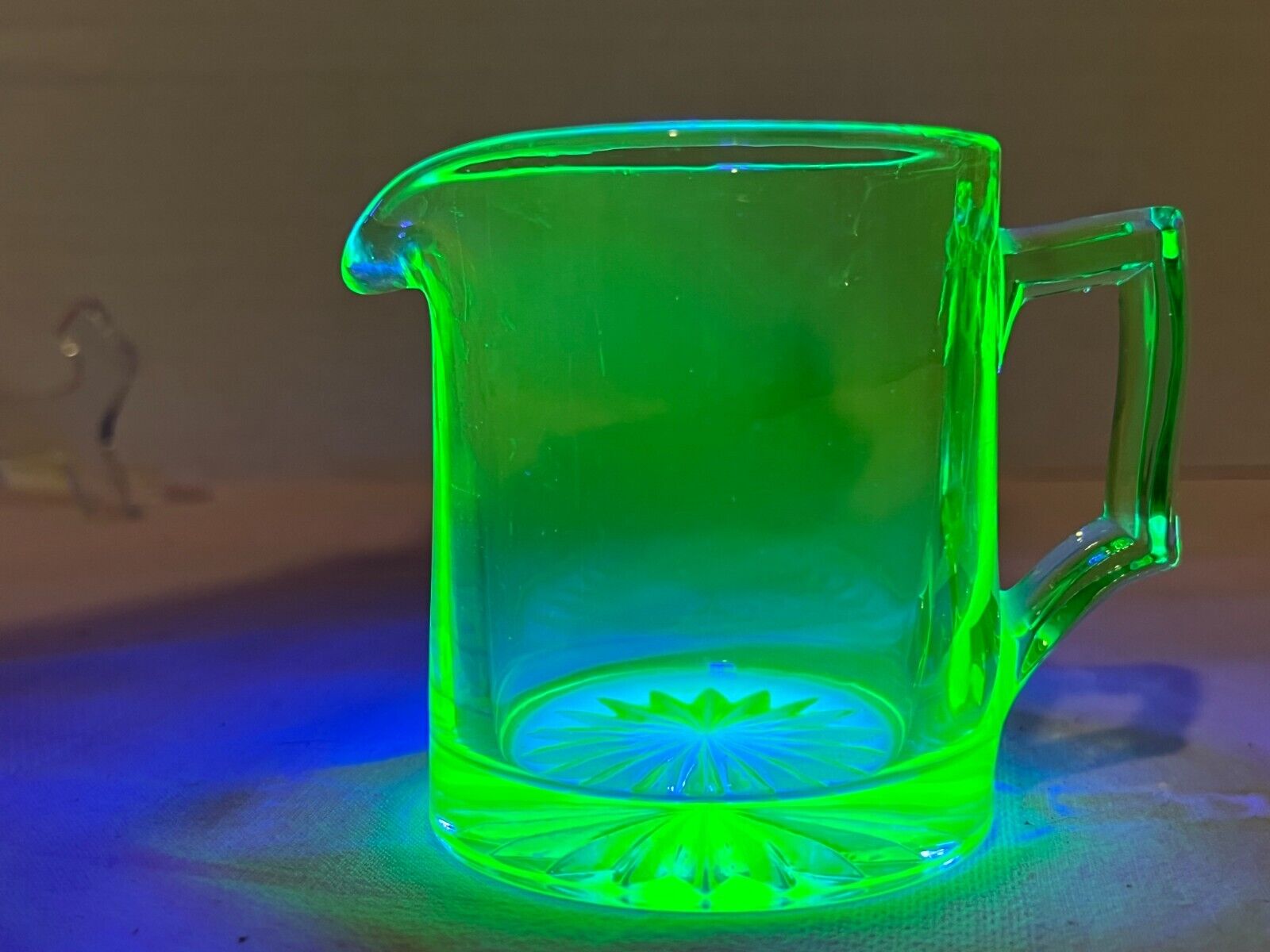

Interior Design Trends
How To Identify Vaseline Glass
Modified: April 21, 2024
Learn how to identify Vaseline glass and incorporate it into your interior design trends. Discover the unique qualities of this stunning glassware.
(Many of the links in this article redirect to a specific reviewed product. Your purchase of these products through affiliate links helps to generate commission for Storables.com, at no extra cost. Learn more)
What is Vaseline Glass?
Vaseline glass, also known as uranium glass, is a type of glass that contains uranium, which gives it a distinctive yellow-green hue. This unique coloration has earned it the nickname "Vaseline" due to its resemblance to the popular petroleum jelly. The use of uranium in the production of Vaseline glass dates back to the 1830s, and it continued to be utilized until the 1940s.
The uranium content in Vaseline glass is responsible for its characteristic fluorescence under ultraviolet (UV) light. When exposed to UV light, Vaseline glass emits a bright green glow, making it easily distinguishable from other types of glass. This fascinating property has contributed to the enduring allure of Vaseline glass among collectors and enthusiasts.
Beyond its captivating appearance, Vaseline glass is prized for its historical significance and the craftsmanship involved in its production. During the peak of its popularity in the late 19th and early 20th centuries, Vaseline glass was used to create a wide array of decorative and functional items, including tableware, vases, and ornaments. Its luminous quality made it a sought-after choice for both everyday use and ornamental display.
The enduring appeal of Vaseline glass lies in its ability to evoke a sense of nostalgia while also serving as a testament to the ingenuity of glassmakers from bygone eras. Its unique coloration and luminous properties continue to captivate collectors and enthusiasts, driving a thriving market for Vaseline glass items.
Intriguingly, the term "Vaseline glass" is primarily used in the United States and Canada, while in Europe, it is commonly referred to as "uranium glass" due to its uranium content. Regardless of the name, the allure of Vaseline glass remains undiminished, making it a fascinating and sought-after collectible for those with an appreciation for its historical significance and visual appeal.
Key Takeaways:
- Vaseline glass, also known as uranium glass, is easily identifiable by its vibrant yellow-green color and its ability to glow under UV light, making it a captivating and sought-after collectible.
- Using a black light or consulting experts are effective methods for identifying Vaseline glass, adding an element of intrigue and fascination to the authentication process.
Read more: How To Identify Jeannette Glass
Characteristics of Vaseline Glass
Vaseline glass is renowned for its distinctive characteristics, setting it apart from other types of glass and endowing it with a unique allure. Understanding the defining features of Vaseline glass is essential for accurately identifying and appreciating this captivating material.
1. Luminous Coloration
The hallmark feature of Vaseline glass is its luminous yellow-green hue, which is attributed to the presence of uranium oxide in the glass composition. This striking coloration sets Vaseline glass apart from conventional glass varieties, imbuing it with an unmistakable visual appeal. The vibrant glow of Vaseline glass under natural and artificial lighting conditions contributes to its allure, making it a captivating addition to any collection or display.
2. Fluorescent Properties
One of the most fascinating characteristics of Vaseline glass is its fluorescence under ultraviolet (UV) light. When exposed to UV light, Vaseline glass emits a radiant green glow, a phenomenon that never fails to captivate admirers. This unique property, stemming from the uranium content, serves as a definitive identifier of authentic Vaseline glass, distinguishing it from imitations or other glass types.
3. Opalescent Sheen
In addition to its luminous coloration and fluorescence, Vaseline glass often exhibits an opalescent sheen, adding a mesmerizing dimension to its visual allure. This opalescent quality contributes to the dynamic and multifaceted appearance of Vaseline glass, further enhancing its desirability among collectors and enthusiasts.
Read more: How To Identify Tiffany Glass
4. Varied Forms and Patterns
Vaseline glass is available in a diverse range of forms and patterns, reflecting the creativity and artistry of glassmakers throughout history. From delicate tableware and ornate vases to intricately designed ornaments, the versatility of Vaseline glass is evident in its myriad manifestations. The unique coloration and luminous properties of Vaseline glass lend themselves to a wide array of designs, ensuring that each piece exudes its own distinct charm.
5. Historical Significance
Beyond its visual appeal, Vaseline glass holds significant historical value, serving as a tangible link to the craftsmanship and innovation of glassmakers from past eras. The enduring popularity of Vaseline glass underscores its enduring legacy, making it a cherished collectible that encapsulates the artistry and ingenuity of bygone times.
In summary, the characteristics of Vaseline glass, including its luminous coloration, fluorescent properties, opalescent sheen, varied forms and patterns, and historical significance, collectively contribute to its enduring allure and desirability among collectors and enthusiasts. These defining features make Vaseline glass a captivating and cherished addition to any collection, showcasing its timeless appeal and historical significance.
Identifying Vaseline Glass
Identifying Vaseline glass involves recognizing its distinctive characteristics and employing various methods to differentiate it from other types of glass. Given its unique luminous coloration, fluorescent properties, and historical significance, accurately identifying Vaseline glass is essential for collectors, enthusiasts, and individuals seeking to authenticate glassware or decorative items.
The first step in identifying Vaseline glass is to familiarize oneself with its hallmark features. As mentioned earlier, Vaseline glass exhibits a luminous yellow-green hue, attributed to the presence of uranium oxide in its composition. This vibrant coloration sets it apart from conventional glass varieties, making it instantly recognizable to those familiar with its distinct visual appeal.
Furthermore, the fluorescent properties of Vaseline glass are a definitive identifier. When exposed to ultraviolet (UV) light, authentic Vaseline glass emits a radiant green glow, a phenomenon that distinguishes it from imitations or other glass types. This unique fluorescence is a key characteristic that collectors and enthusiasts rely on to verify the authenticity of Vaseline glass items.
In addition to its coloration and fluorescence, Vaseline glass often displays an opalescent sheen, adding a mesmerizing dimension to its visual allure. This opalescent quality further enhances its distinctiveness, making it an unmistakable addition to any collection or display.
Moreover, the varied forms and patterns of Vaseline glass contribute to its identification. From delicate tableware and ornate vases to intricately designed ornaments, the versatility of Vaseline glass is evident in its myriad manifestations. Each piece exudes its own distinct charm, reflecting the creativity and artistry of glassmakers throughout history.
To accurately identify Vaseline glass, collectors and enthusiasts often rely on the expertise of appraisers and specialists who possess in-depth knowledge of glassware and historical artifacts. These individuals can provide valuable insights and authentication services, ensuring that Vaseline glass items are correctly identified and appraised.
In summary, identifying Vaseline glass entails recognizing its luminous coloration, fluorescent properties, opalescent sheen, varied forms and patterns, and historical significance. By familiarizing oneself with these defining features and seeking expert guidance when necessary, collectors and enthusiasts can confidently identify and appreciate the enduring allure of Vaseline glass, enriching their understanding of its historical significance and visual appeal.
Using Black Light to Identify Vaseline Glass
The use of a black light is a widely recognized and effective method for identifying Vaseline glass due to its unique fluorescent properties. When exposed to ultraviolet (UV) light, authentic Vaseline glass emits a vibrant green glow, making it easily distinguishable from other types of glass. The process of using a black light to identify Vaseline glass involves a simple yet illuminating procedure that allows collectors, enthusiasts, and individuals to verify the authenticity of their glassware and decorative items.
To utilize a black light for identifying Vaseline glass, one must first ensure that the environment is dimly lit to enhance the visibility of the fluorescence. Positioning the Vaseline glass item under the black light, whether it is a lamp, vase, or decorative piece, allows for the observation of its distinctive reaction to UV light. Upon exposure, genuine Vaseline glass will exhibit a striking green fluorescence, creating a captivating visual display that confirms its authenticity.
The use of a black light not only serves as a practical method for identifying Vaseline glass but also adds an element of intrigue and fascination to the process. Witnessing the radiant green glow emitted by Vaseline glass under UV light is a captivating experience that underscores its unique properties and enduring allure. This method enables collectors and enthusiasts to confidently authenticate their Vaseline glass items, enriching their appreciation for these captivating pieces of glassware.
In addition to its practical application, the use of a black light to identify Vaseline glass offers a tangible demonstration of the material's historical significance and visual appeal. The vibrant fluorescence serves as a testament to the craftsmanship and innovation of glassmakers who incorporated uranium into their creations, leaving a lasting legacy that continues to captivate admirers to this day.
In summary, the use of a black light to identify Vaseline glass is a straightforward yet captivating method that allows individuals to verify the authenticity of their glassware and decorative items. By leveraging the unique fluorescent properties of Vaseline glass, this method provides a visually compelling means of authentication, enriching the experience of collectors and enthusiasts as they explore the enduring allure of this remarkable material.
Read more: How To Identify Slag Glass
Other Methods for Identifying Vaseline Glass
In addition to using a black light, there are alternative methods for identifying Vaseline glass that can provide valuable insights for collectors, enthusiasts, and individuals seeking to authenticate their glassware and decorative items. These methods offer additional avenues for verifying the authenticity of Vaseline glass, complementing the use of UV light and enhancing the overall process of identification.
One notable method involves utilizing a Geiger counter, a device commonly used to detect radiation. Given the uranium content in Vaseline glass, which contributes to its distinctive fluorescence, a Geiger counter can confirm the presence of radioactive elements within the glass. By measuring the radiation emitted by Vaseline glass, this method offers a scientific approach to authentication, providing collectors and enthusiasts with an additional layer of assurance regarding the genuineness of their glass items.
Furthermore, visual inspection and comparison with known Vaseline glass pieces can aid in the identification process. Examining the coloration, fluorescence, and opalescent sheen of a glass item in relation to established Vaseline glass specimens can help discern its authenticity. This method relies on keen observation and a discerning eye for detail, allowing individuals to draw comparisons and make informed assessments based on the characteristic features of Vaseline glass.
Another approach involves consulting reputable reference materials and expert resources specializing in glassware and historical artifacts. Books, online databases, and knowledgeable professionals can provide valuable information and visual references to aid in the identification of Vaseline glass. By leveraging authoritative sources and seeking expert guidance, individuals can deepen their understanding of Vaseline glass and refine their ability to recognize its defining attributes with confidence.
Additionally, chemical analysis and spectroscopy techniques can be employed to analyze the composition of glass items, offering scientific validation of their uranium content. These advanced methods provide a comprehensive means of confirming the presence of uranium oxide, further substantiating the authenticity of Vaseline glass through rigorous scientific examination.
By exploring these alternative methods for identifying Vaseline glass, collectors, enthusiasts, and individuals can expand their repertoire of authentication techniques, enhancing their ability to discern genuine Vaseline glass items with precision and confidence. These methods contribute to a comprehensive approach to identification, enriching the appreciation of Vaseline glass and its enduring allure within the realm of collectible and historical glassware.
Frequently Asked Questions about How To Identify Vaseline Glass
Was this page helpful?
At Storables.com, we guarantee accurate and reliable information. Our content, validated by Expert Board Contributors, is crafted following stringent Editorial Policies. We're committed to providing you with well-researched, expert-backed insights for all your informational needs.
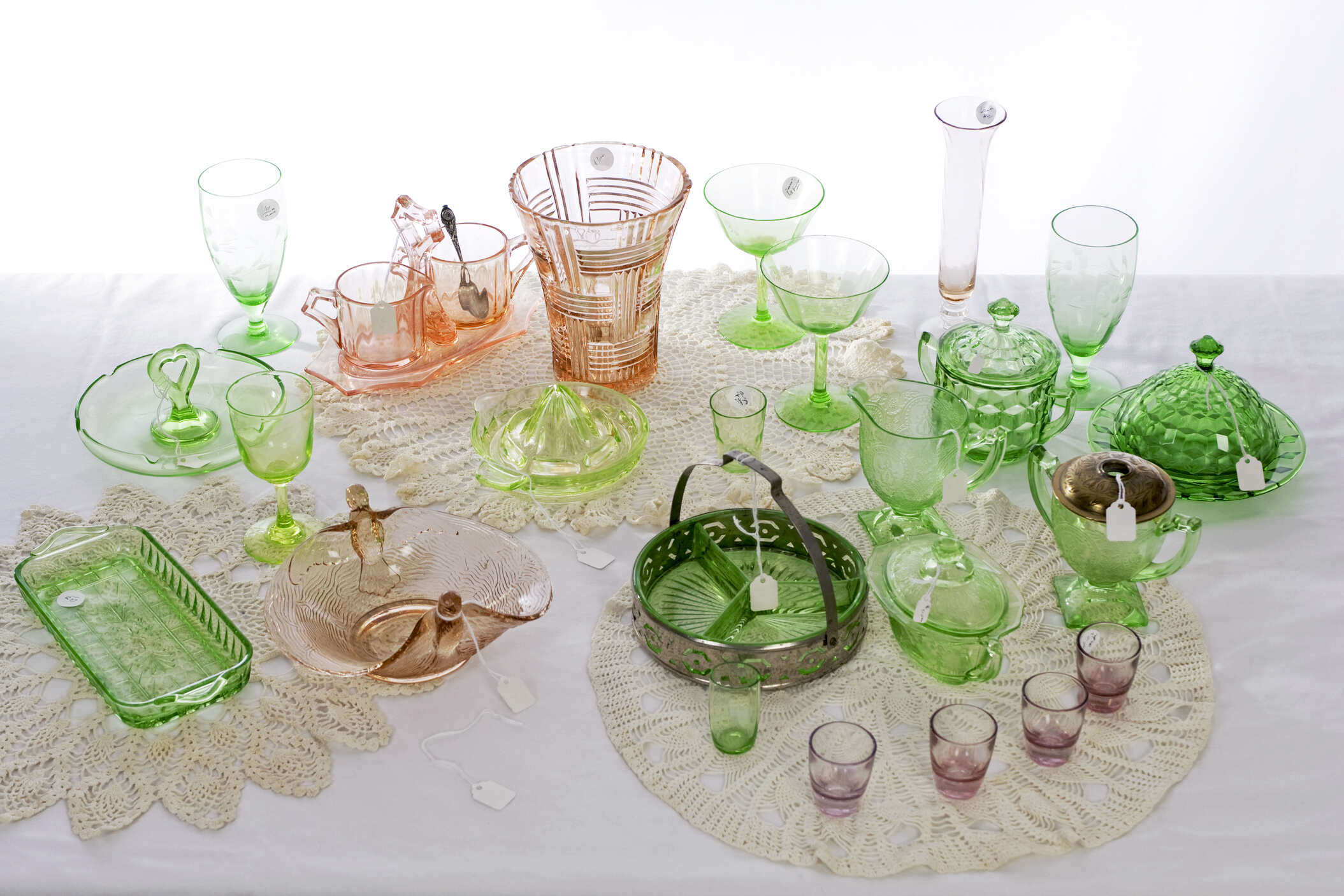
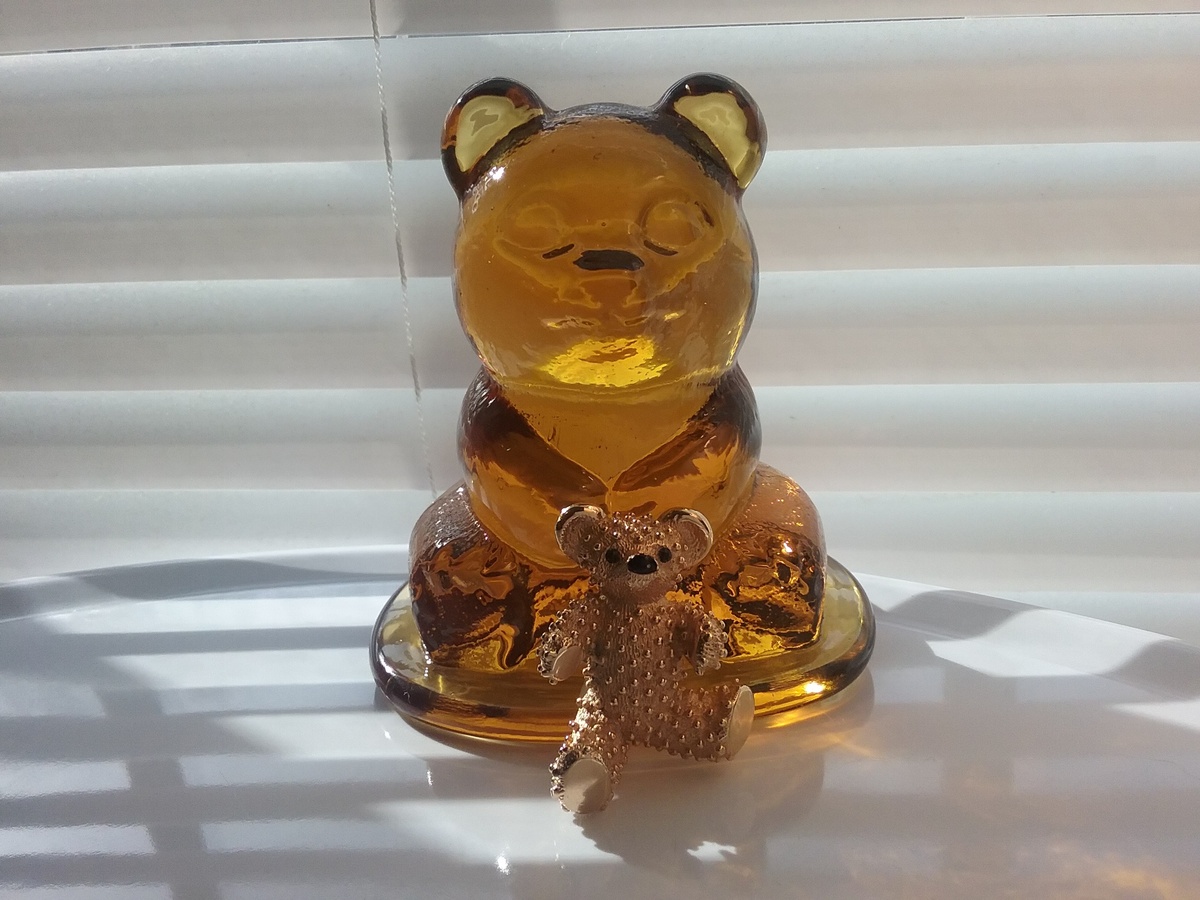
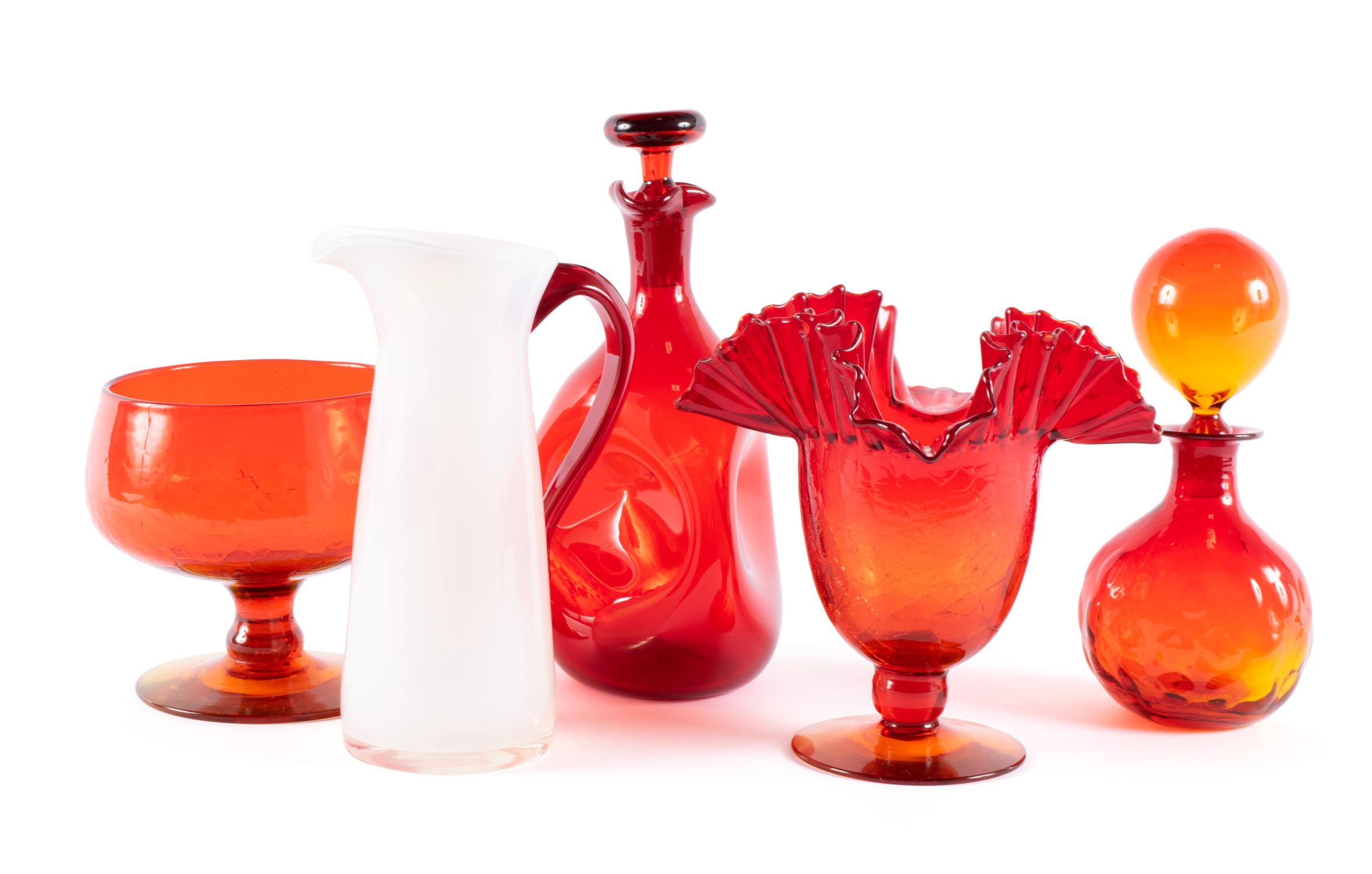
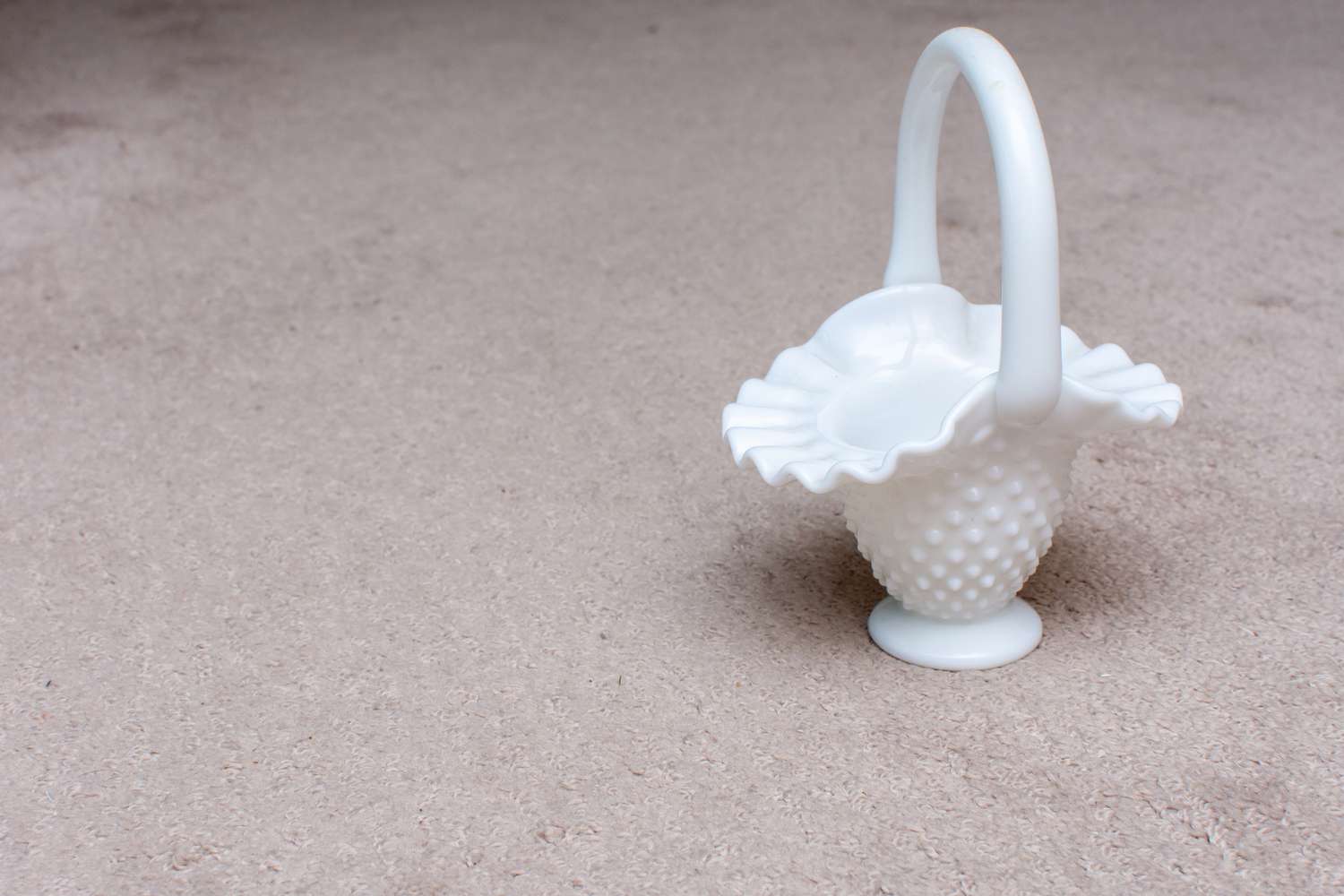
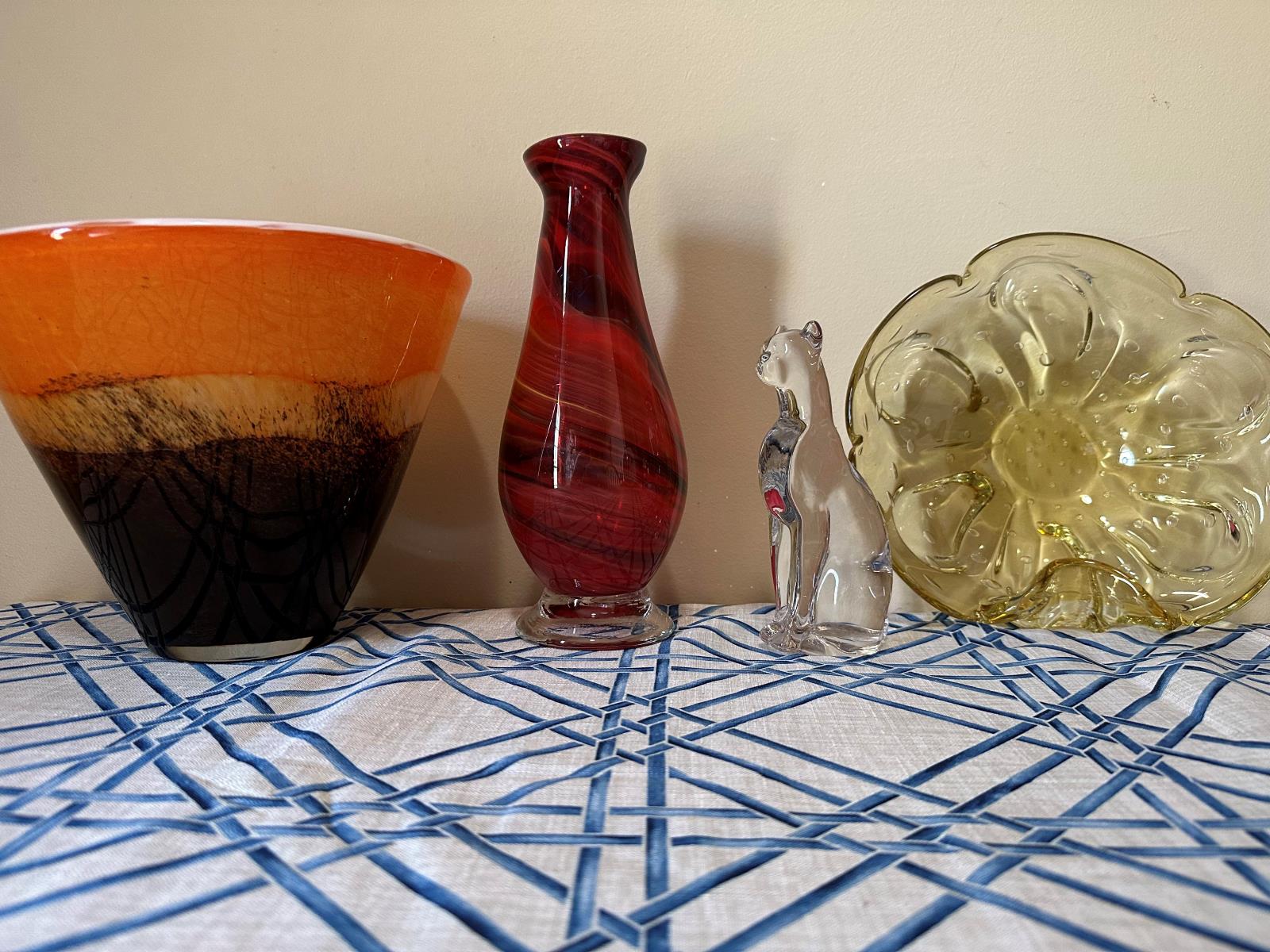
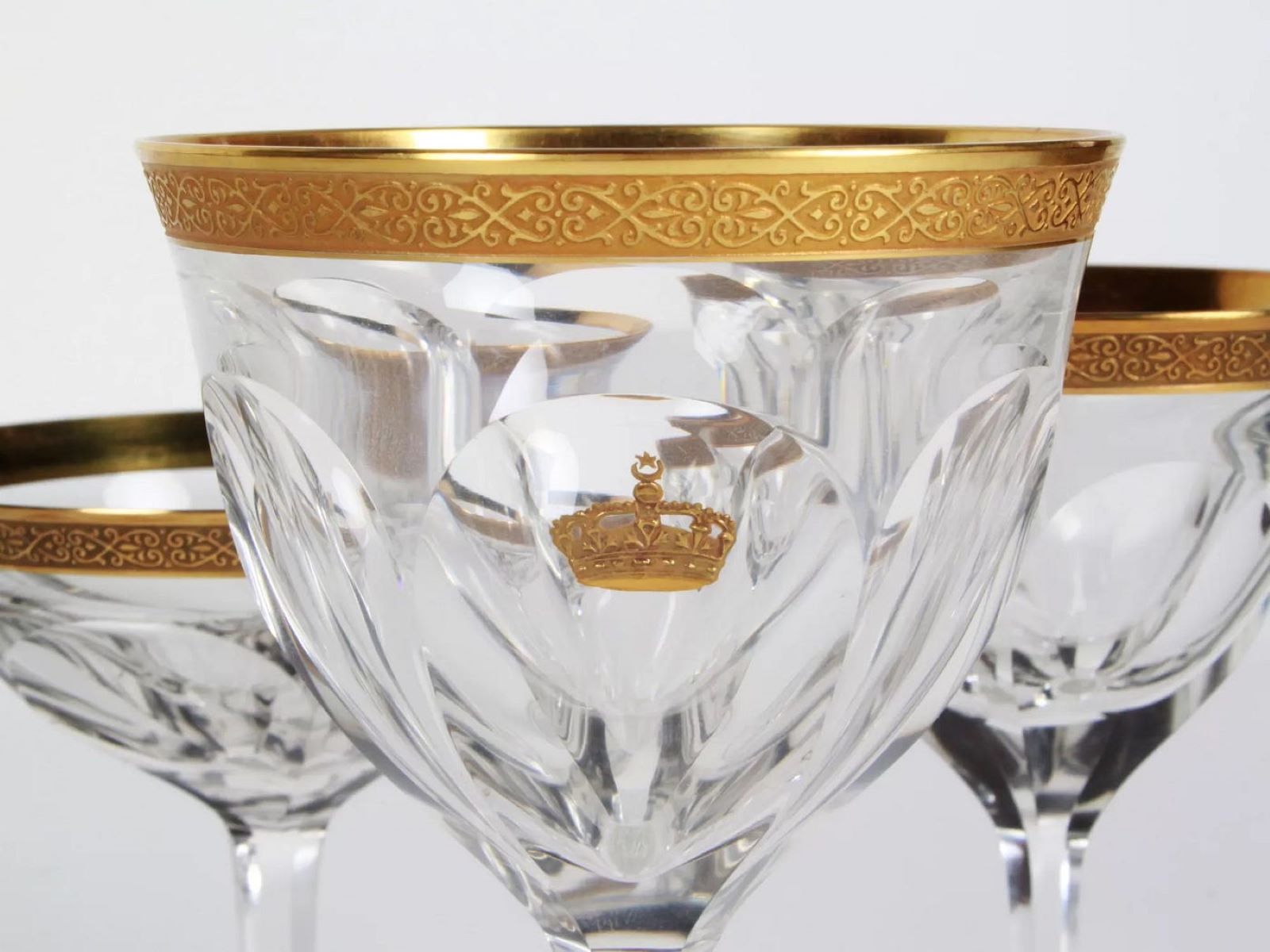
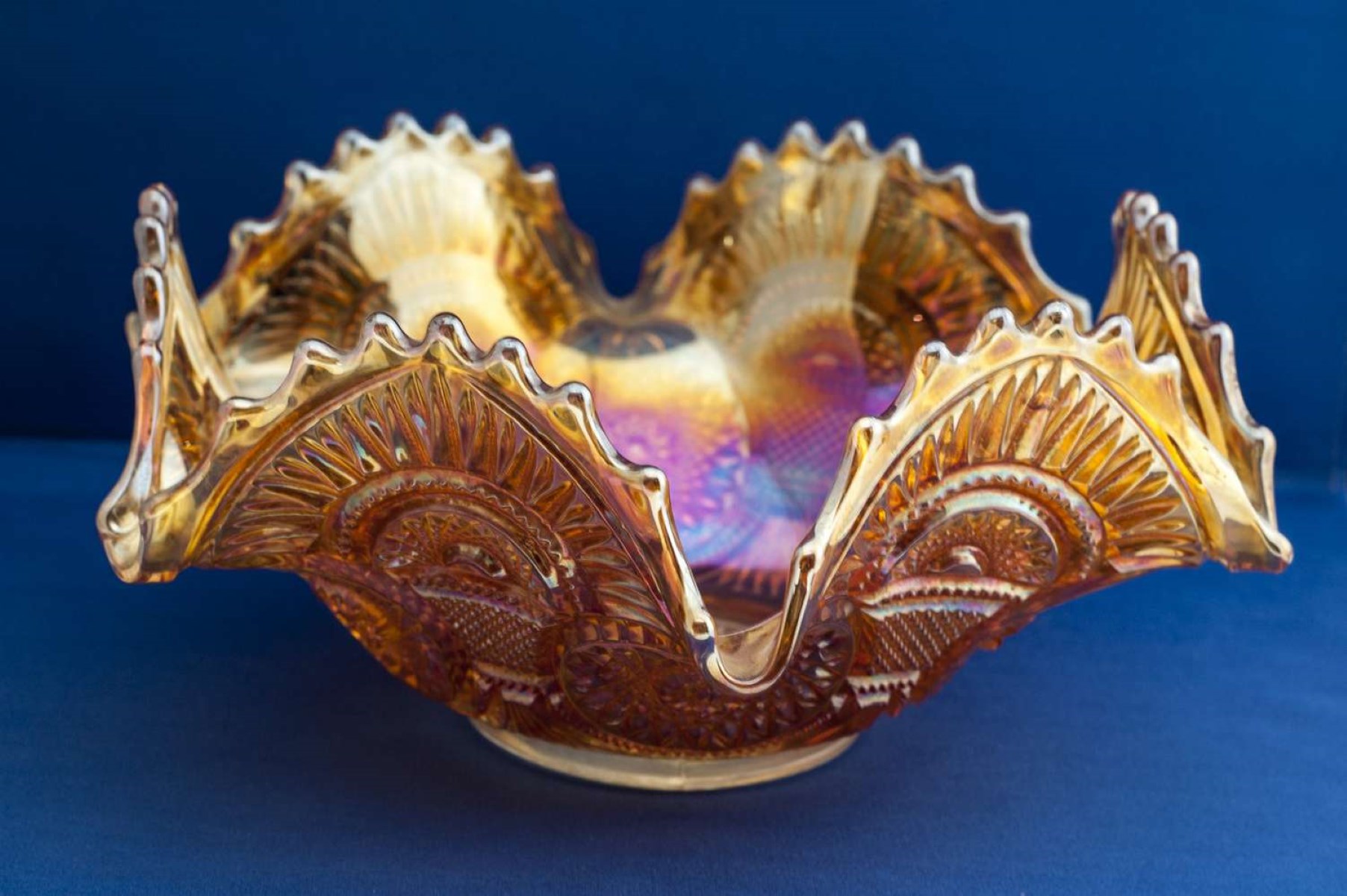
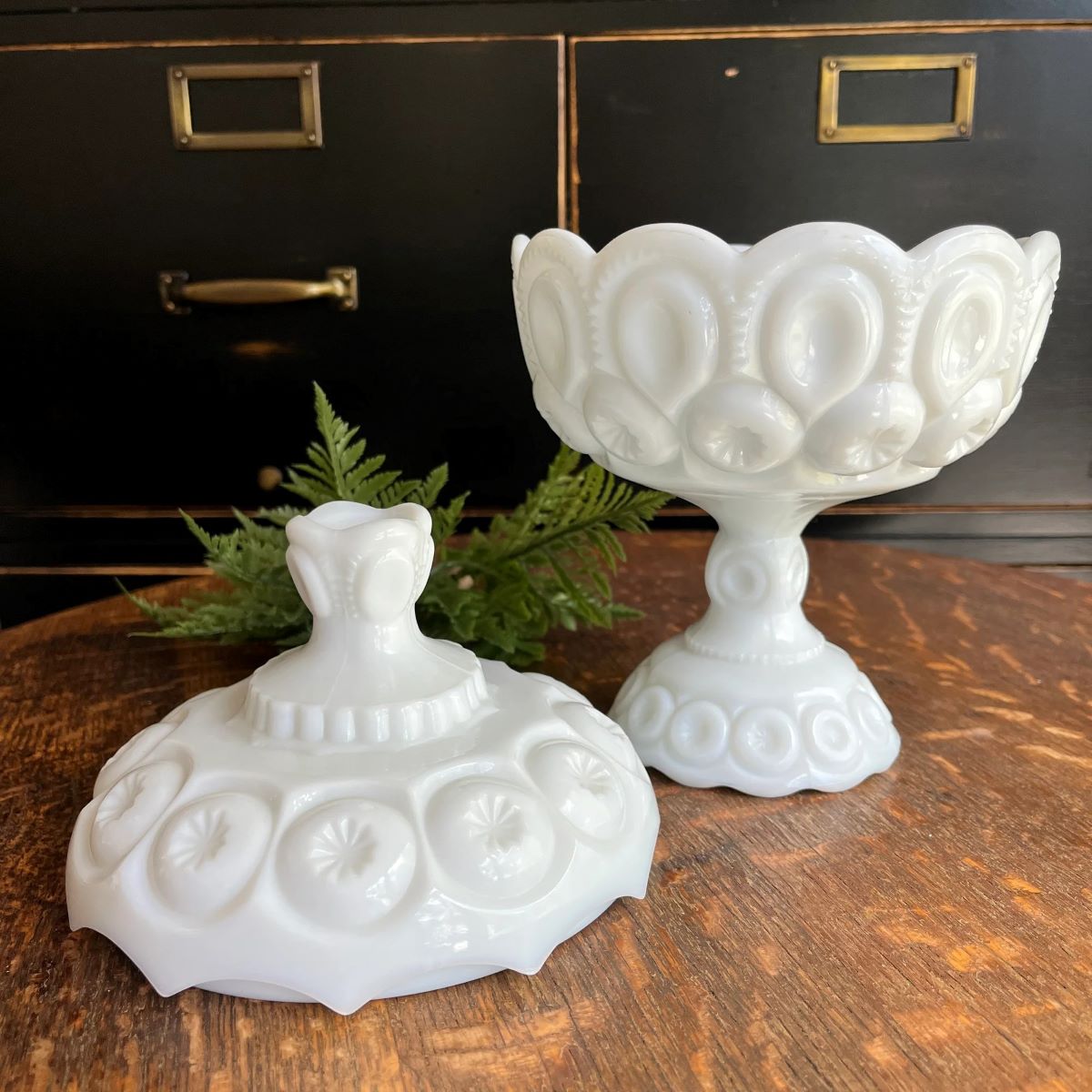
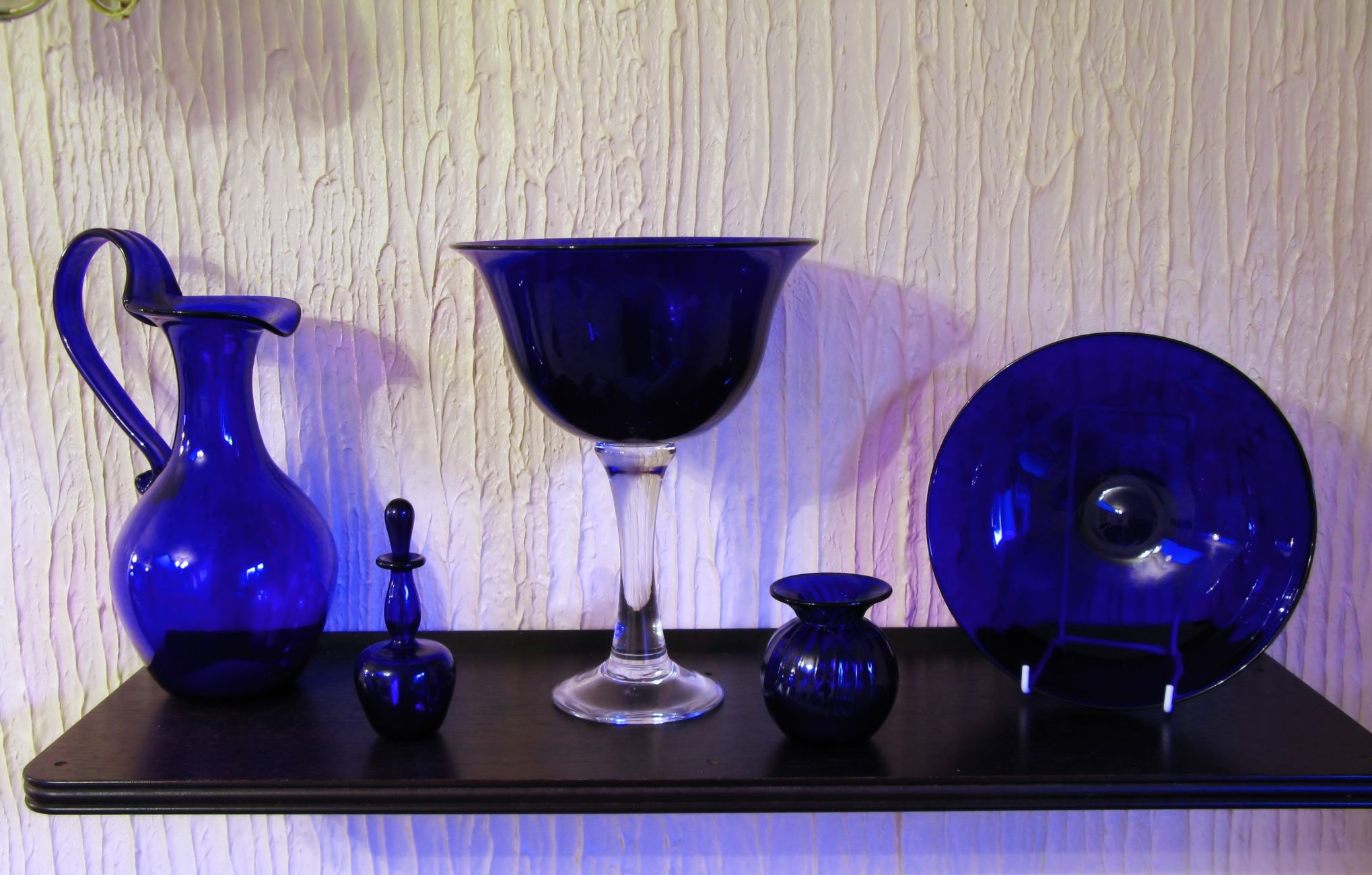
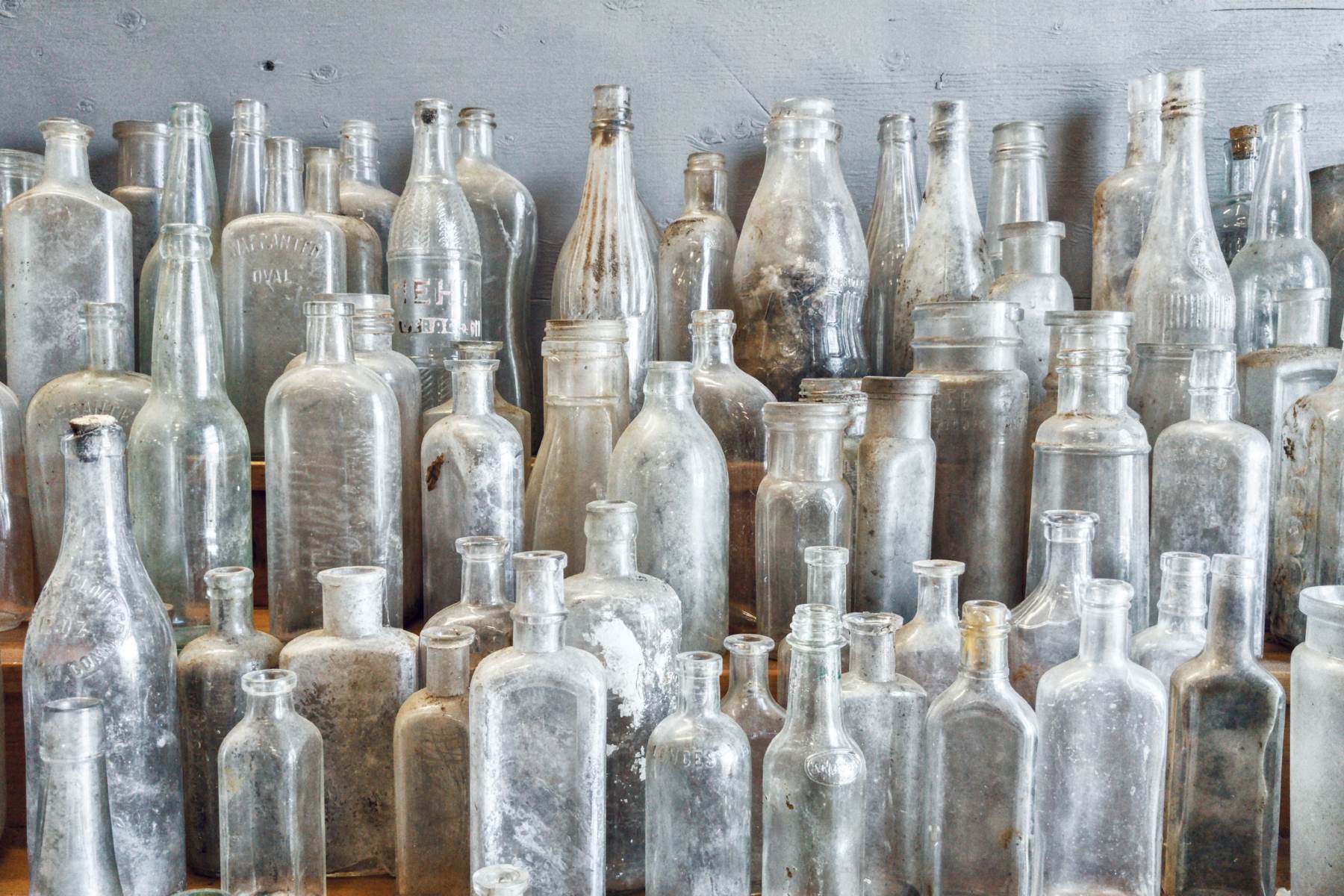
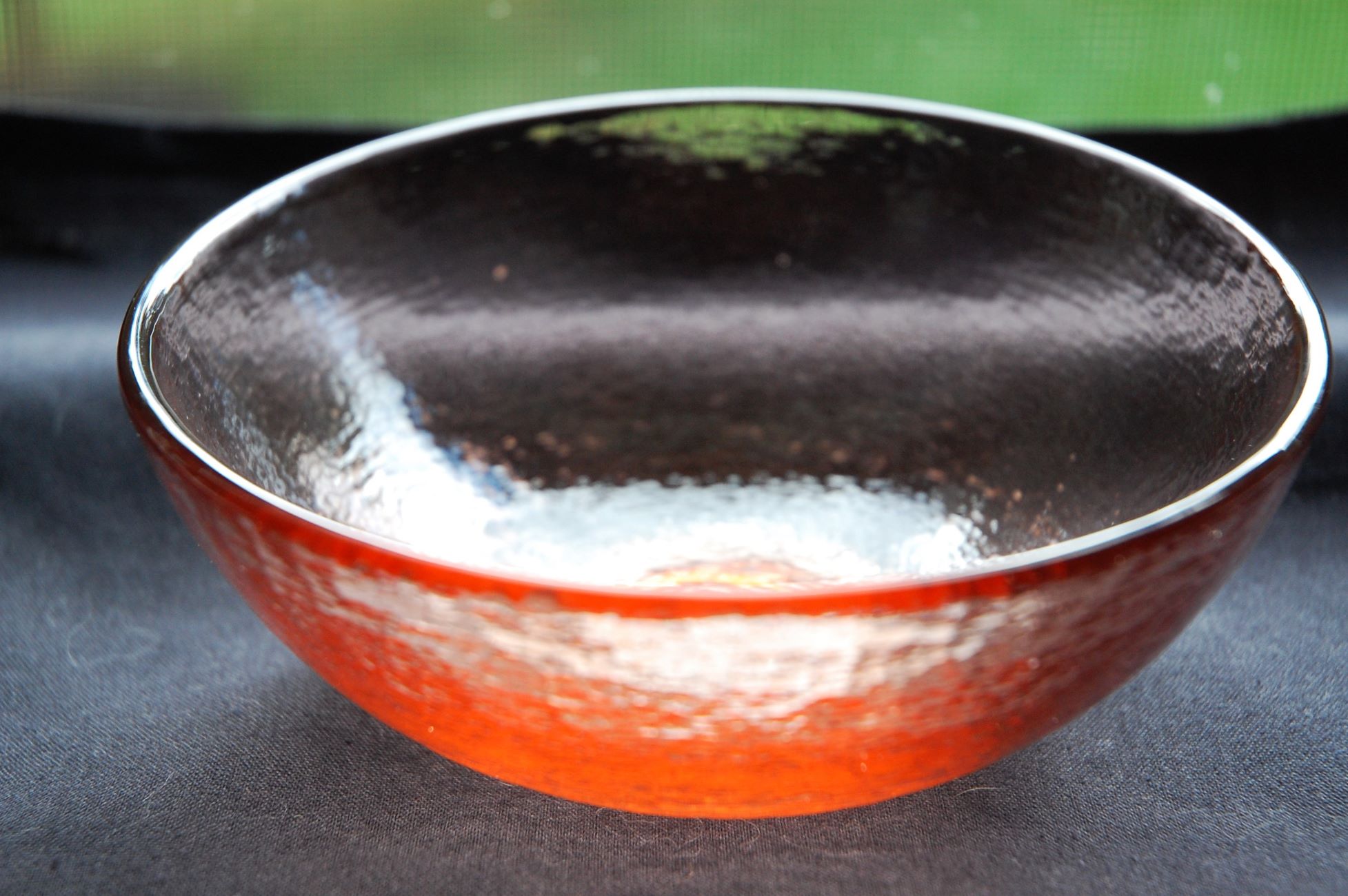
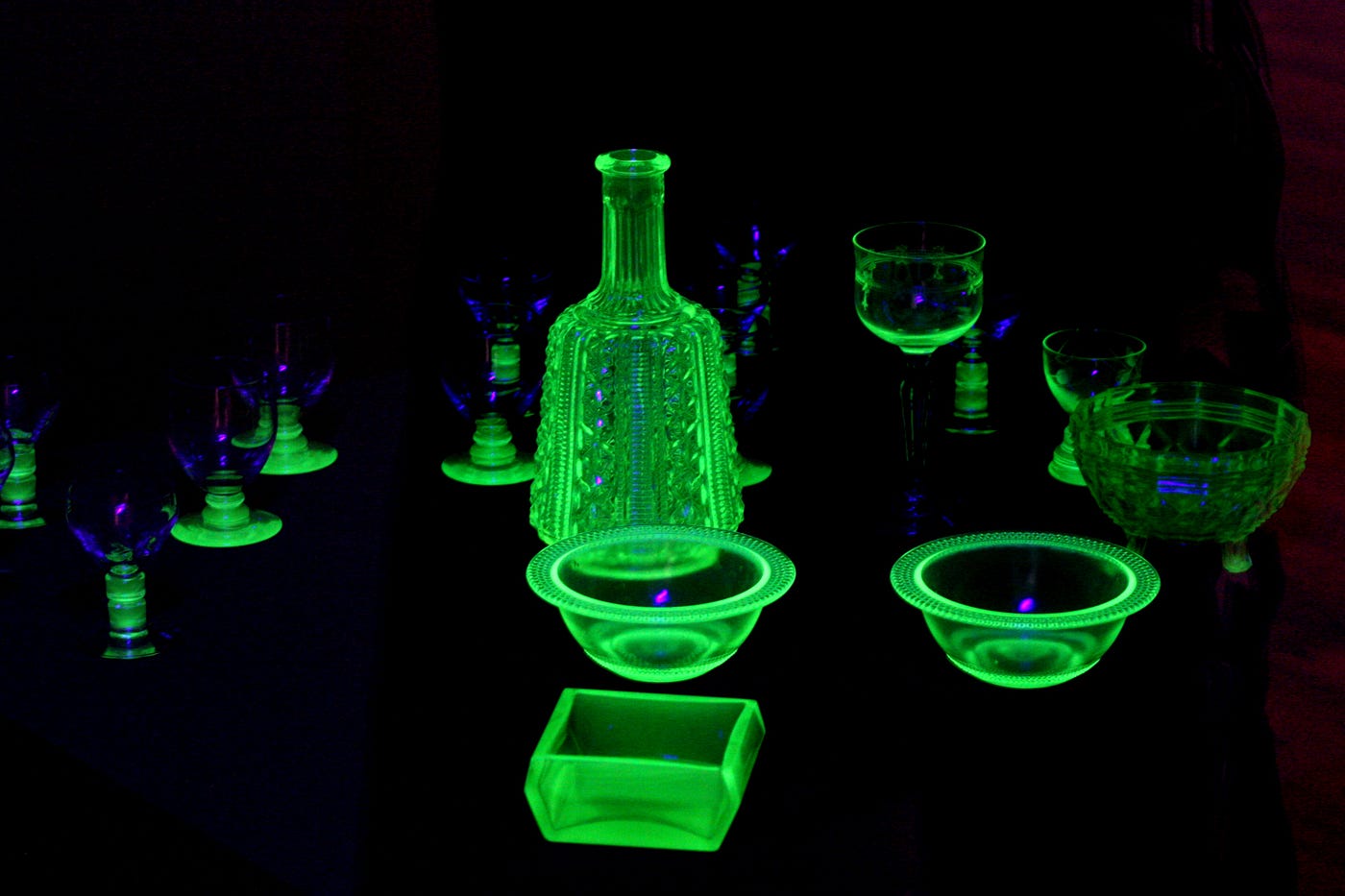
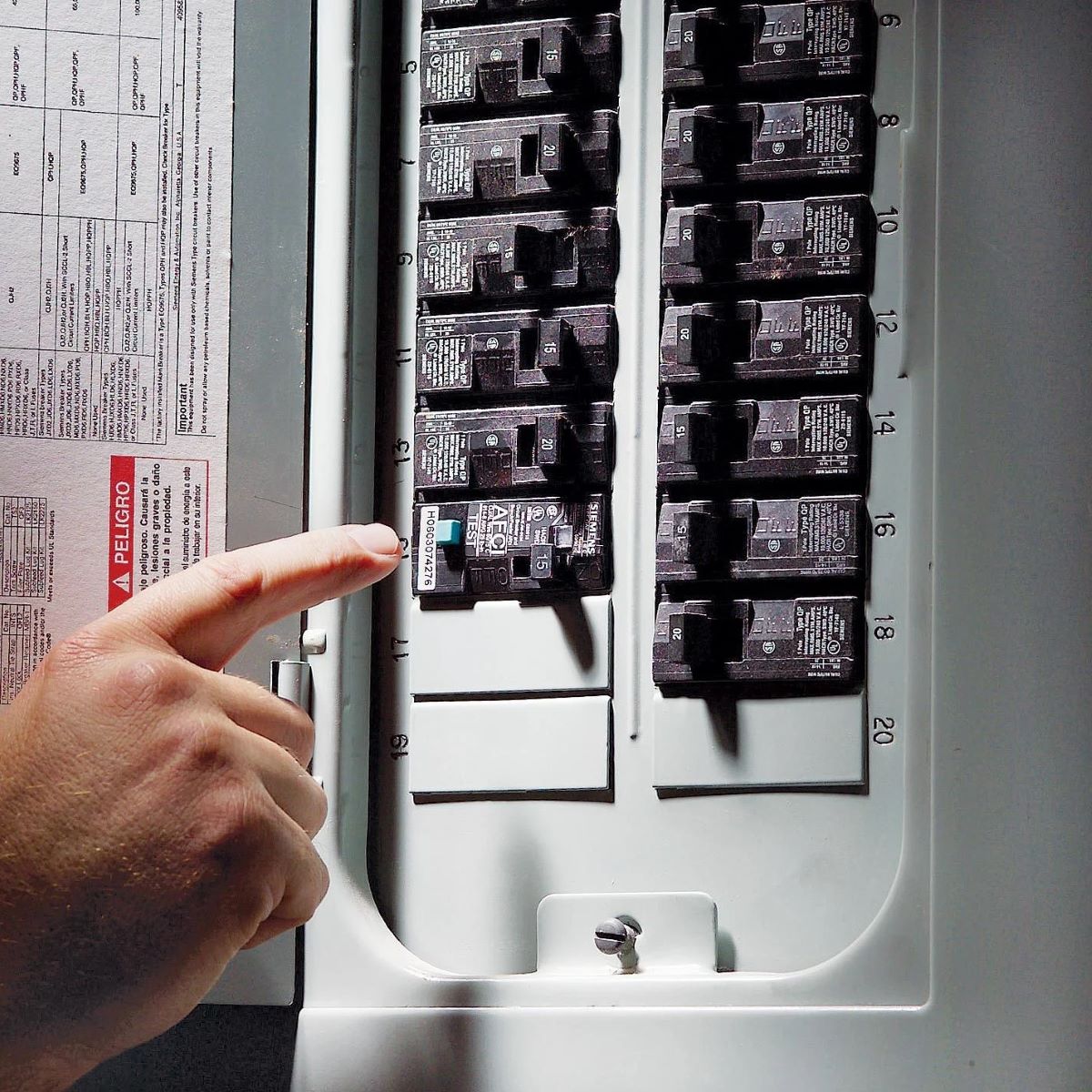

0 thoughts on “How To Identify Vaseline Glass”